
Do material choices for combs affect textured hair differently?
Comb material choices significantly alter textured hair health by affecting friction and static, with natural historical options often proving gentler.

What is the historical significance of natural comb materials for textured hair?
Natural comb materials hold deep historical roots in textured hair care, embodying ancestral knowledge and cultural identity across millennia.

How did ancient combing influence textured hair wellness?
Ancient combing profoundly shaped textured hair wellness by intertwining care with cultural identity and ancestral wisdom.
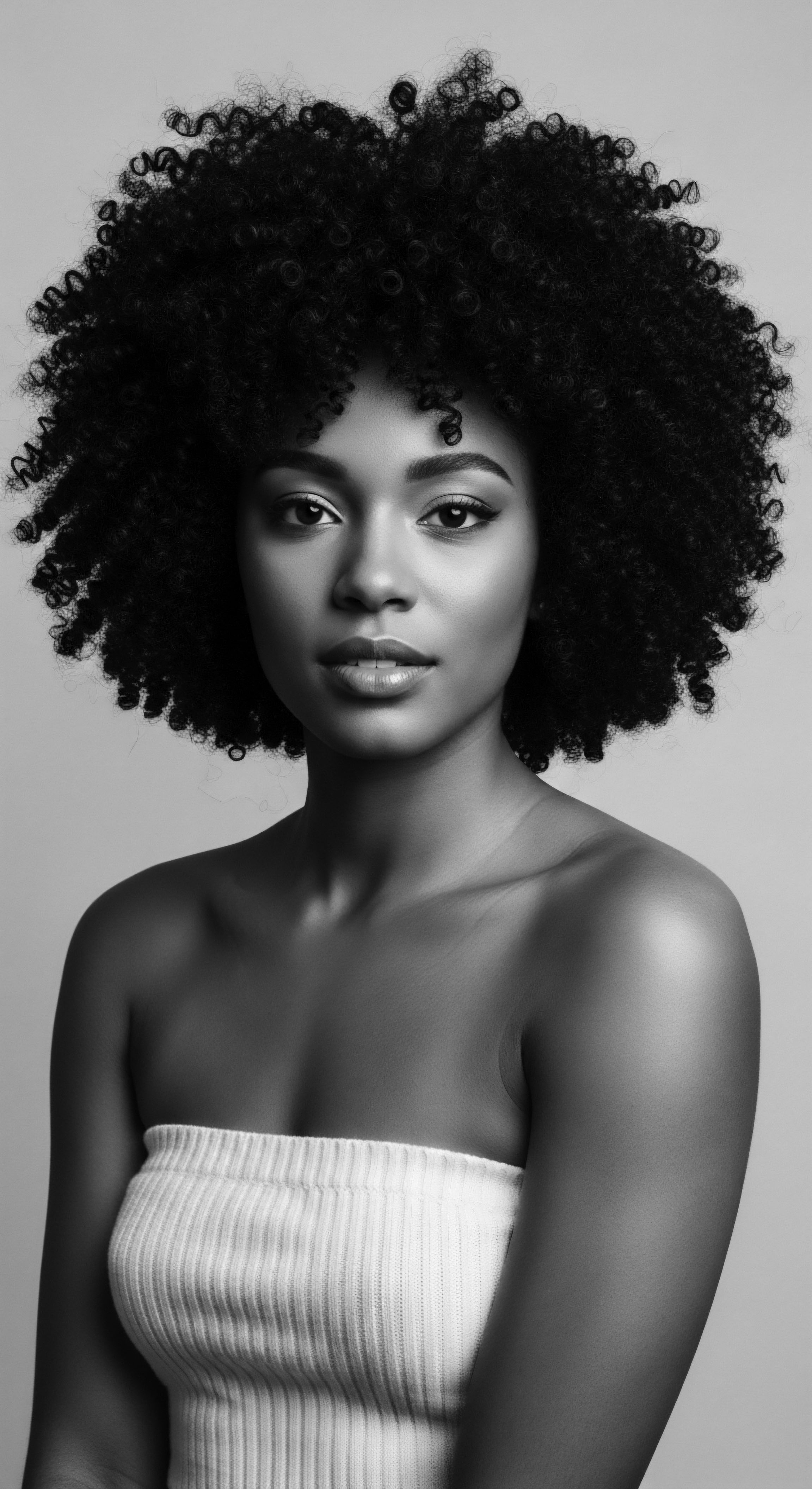
What historical tools inform modern care for textured hair?
Historical tools, like the ancient Afro comb, directly inform modern textured hair care, rooted deeply in heritage.

What historical role did specific tools play in textured hair styling?
Tools for textured hair styling historically served as vital conduits for heritage, shaping cultural identity and enduring across generations.

How does the inherited wisdom of hair tools guide modern textured hair care?
Inherited hair tool wisdom guides modern textured hair care by connecting ancestral practices of protection, styling, and nourishment to present methods, honoring a rich cultural heritage.

What is the cultural background of textured hair shaping tools?
Textured hair shaping tools carry cultural significance rooted in ancestral practices, embodying heritage and identity.
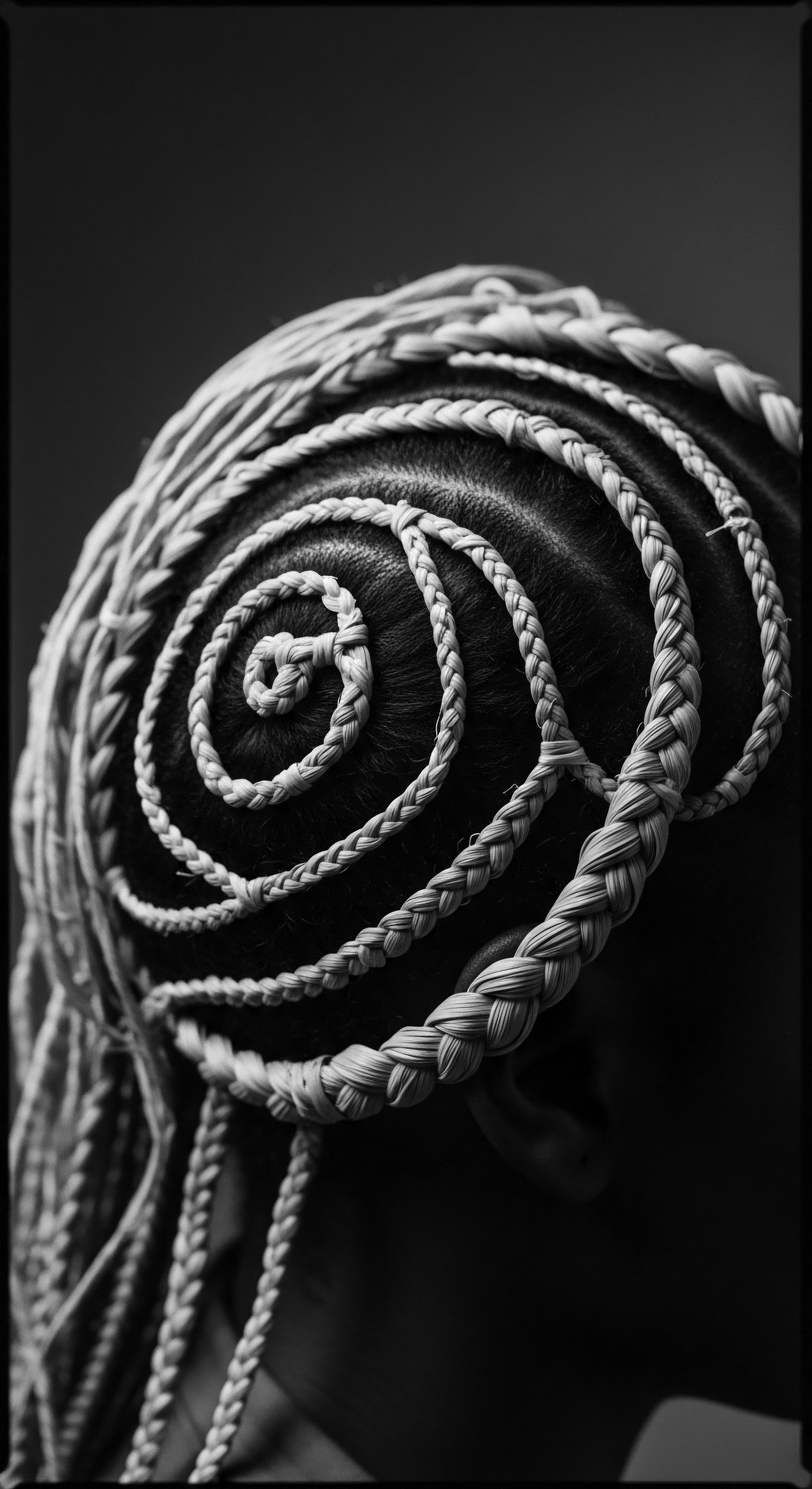
What ancestral knowledge guided ancient comb design for textured hair?
Ancestral knowledge shaped comb design for textured hair by prioritizing wide-tooth spacing and natural materials for gentle detangling and cultural expression.

Why do specific comb shapes matter for textured hair?
Specific comb shapes matter for textured hair because they honor a heritage of ancestral ingenuity in preserving hair health and cultural identity.

How did ancient comb designs cater to textured hair’s unique structure?
Ancient comb designs catered to textured hair by featuring wide-set, sturdy teeth, often from natural materials, prioritizing gentle detangling and cultural expression.
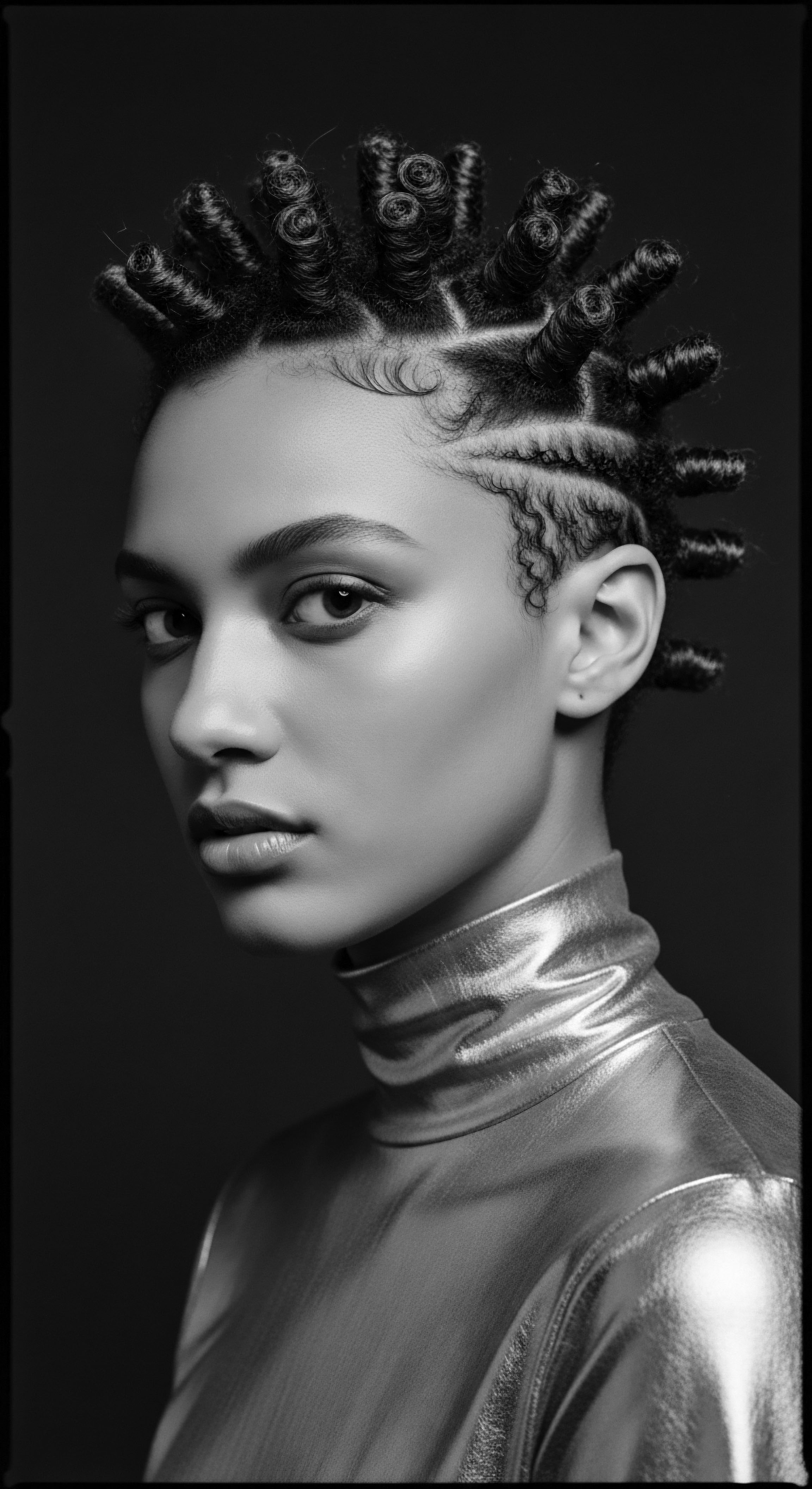
How did the diaspora shape the evolution of textured hair tools and techniques?
The diaspora profoundly shaped textured hair tools and techniques through innovation born of necessity and deep cultural heritage.

What ancestral knowledge about textured hair did natural combs embody?
Natural combs embodied ancestral knowledge of textured hair’s unique biology, shaping cultural identity and resilience.

What historical tools supported textured hair strength?
Historical tools for textured hair strength reflected ancestral wisdom in gentle detangling, protective styling, and natural treatment application.

How do contemporary hair care rituals honor ancestral wisdom and heritage?
Contemporary hair care rituals honor textured hair heritage by continuing ancient practices and tools, adapting ancestral wisdom for modern needs and identity.

How does comb material choice influence hair health and heritage practices?
Comb material choice directly impacts textured hair health through friction and cuticle preservation, deeply interwoven with ancestral wisdom and cultural identity.

How did ancient combs honor hair’s nature?
Ancient combs honored textured hair through mindful design, gentle materials, and their deep integration into cultural and spiritual practices, celebrating heritage.
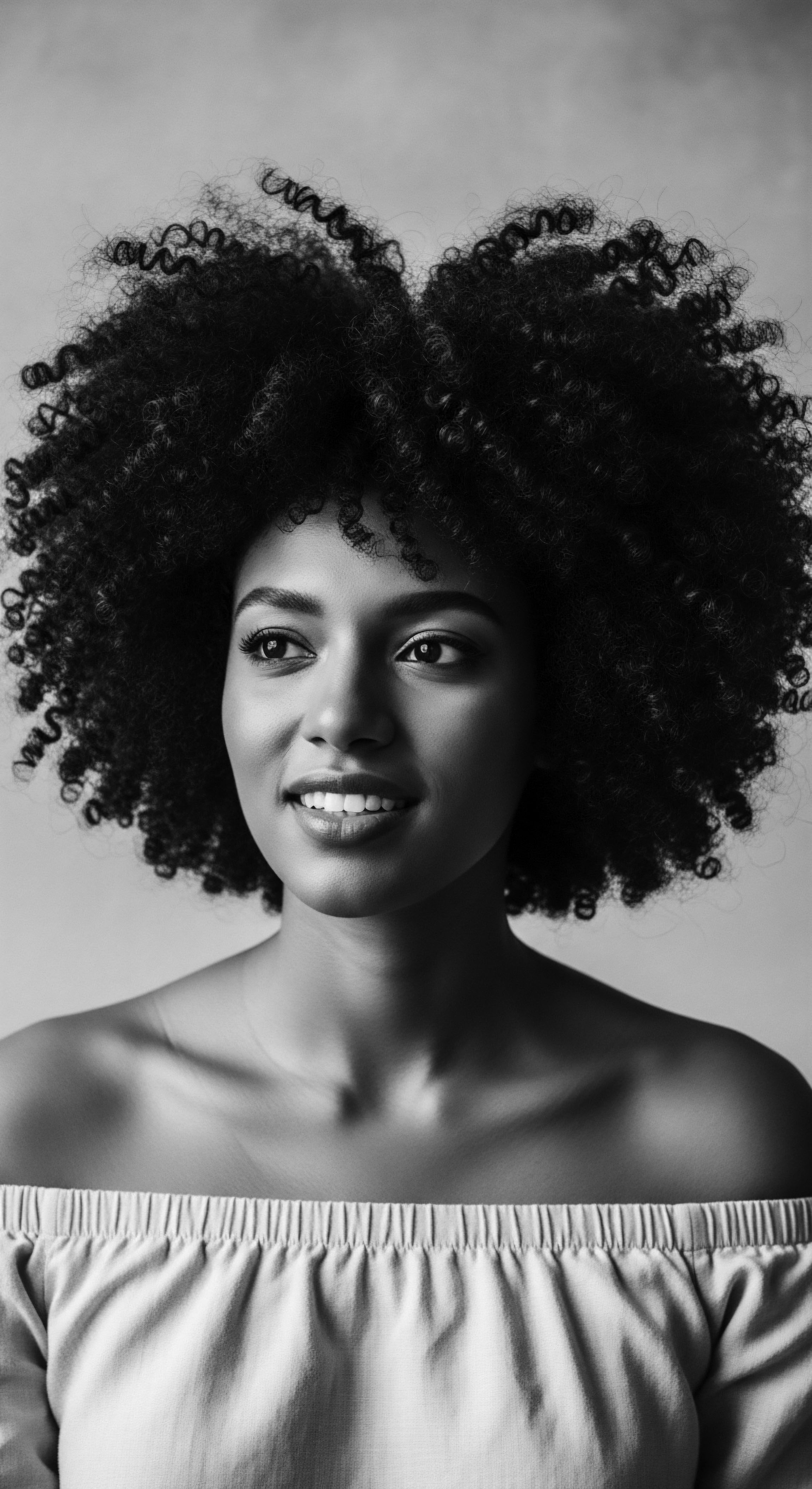
In what ways do historical hair practices contribute to contemporary cultural identity?
Historical hair practices provide a profound heritage link, shaping contemporary cultural identity through textured hair care, communal rituals, and assertions of self.
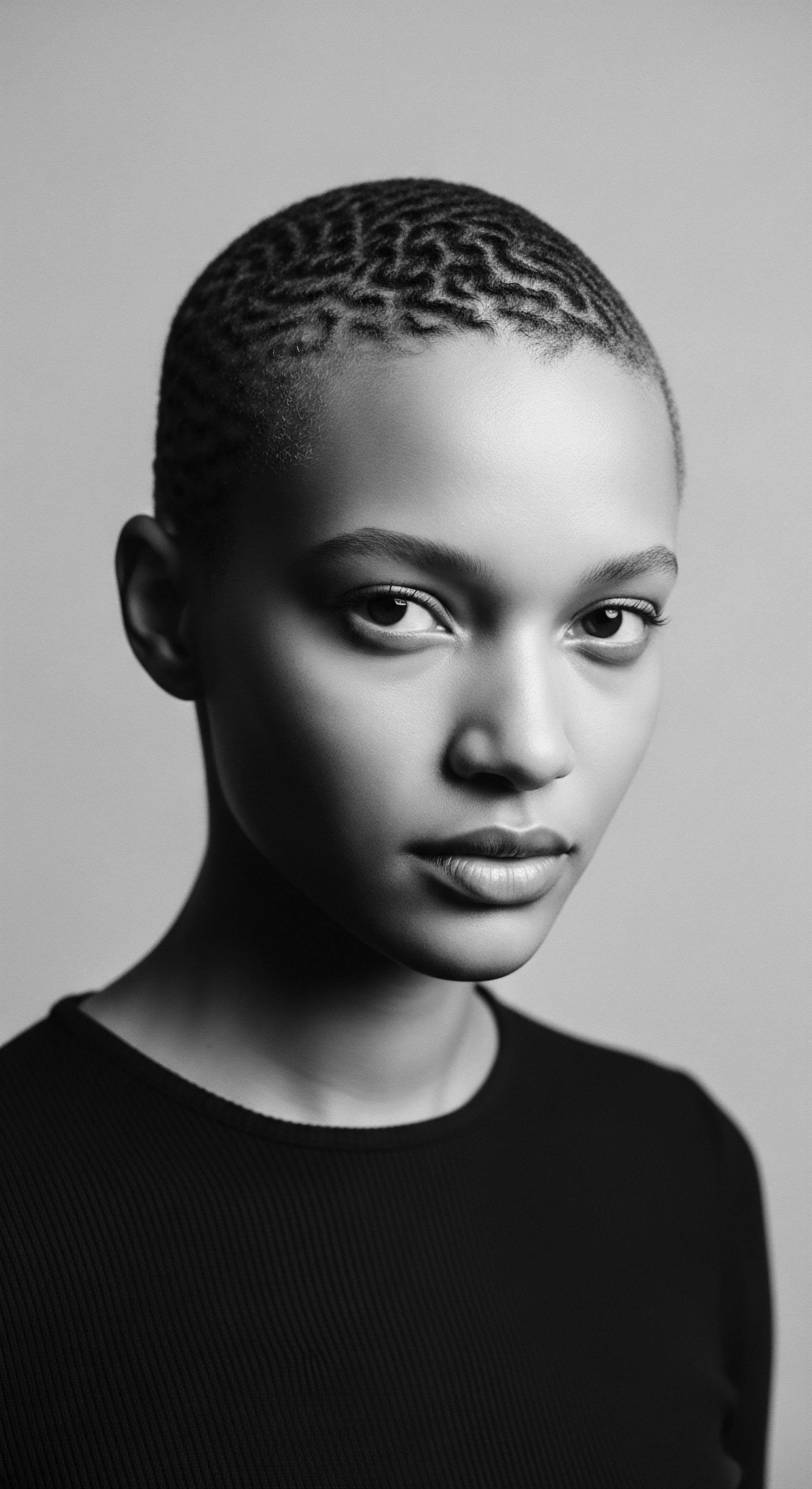
How did combs signify heritage?
Combs for textured hair signified heritage through their design, cultural symbolism, and role in ancestral practices and identity movements.
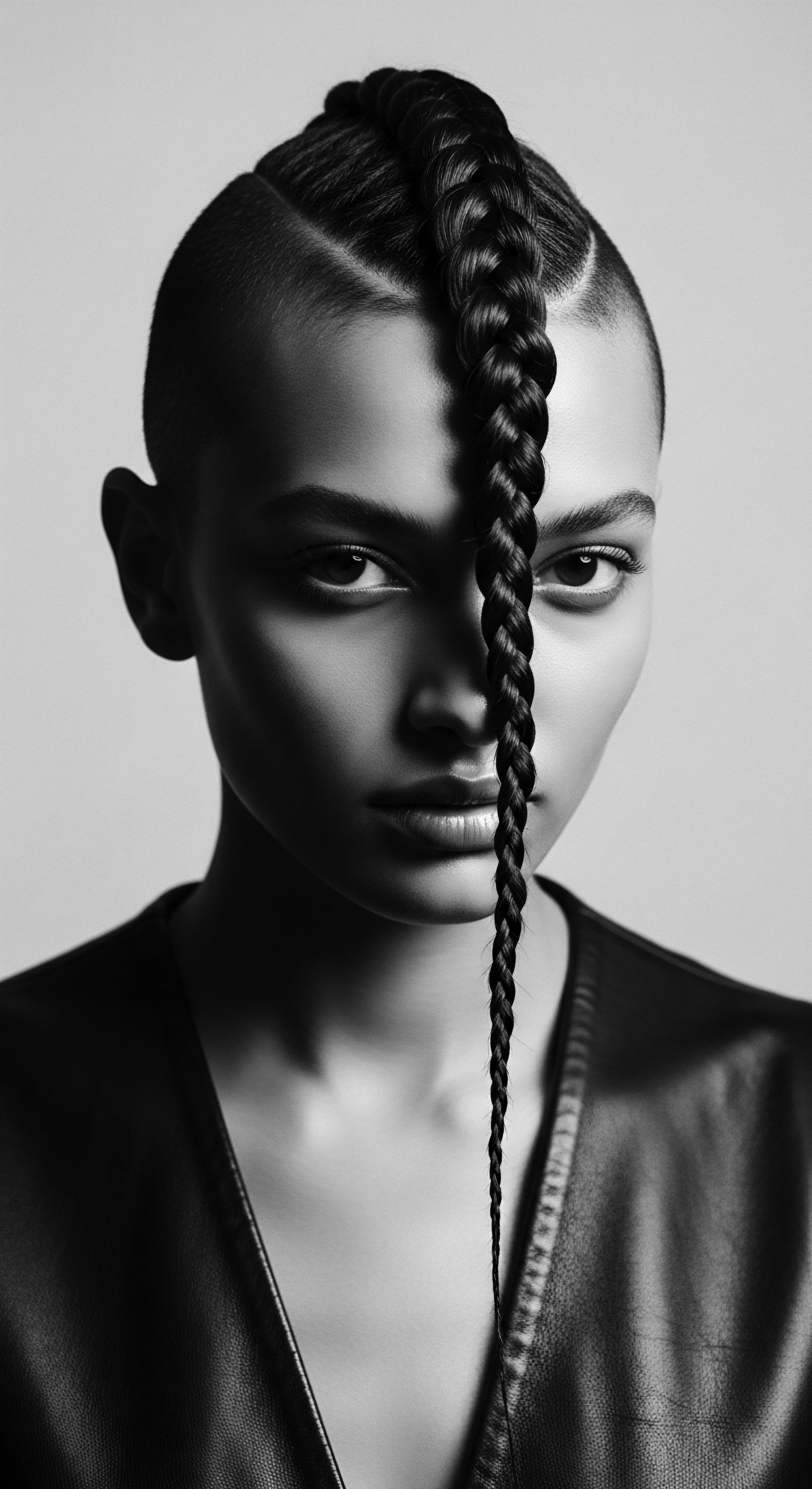
How did the loss of traditional combs impact textured hair heritage during the transatlantic slave trade?
The loss of traditional combs during the transatlantic slave trade severed tangible links to identity, social status, and ancestral hair care heritage.
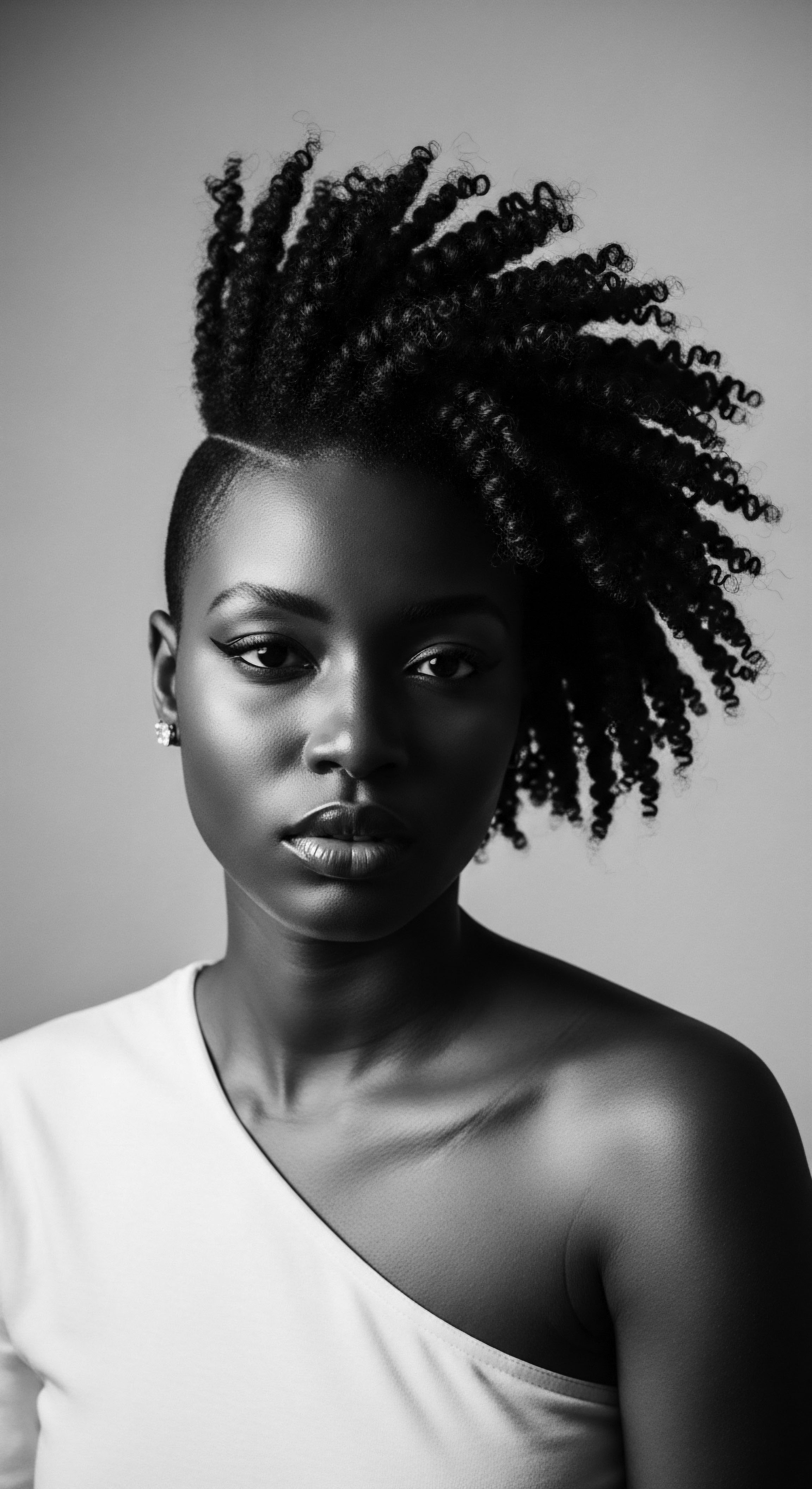
How did ancient hair tools influence community bonds?
Ancient hair tools fostered collective identity, transmitting cultural wisdom and reinforcing communal bonds through shared grooming rituals and resilience.

Can textured hair tools bridge modern science with cultural heritage?
Textured hair tools bridge science and heritage by evolving ancestral practices with modern understanding.

